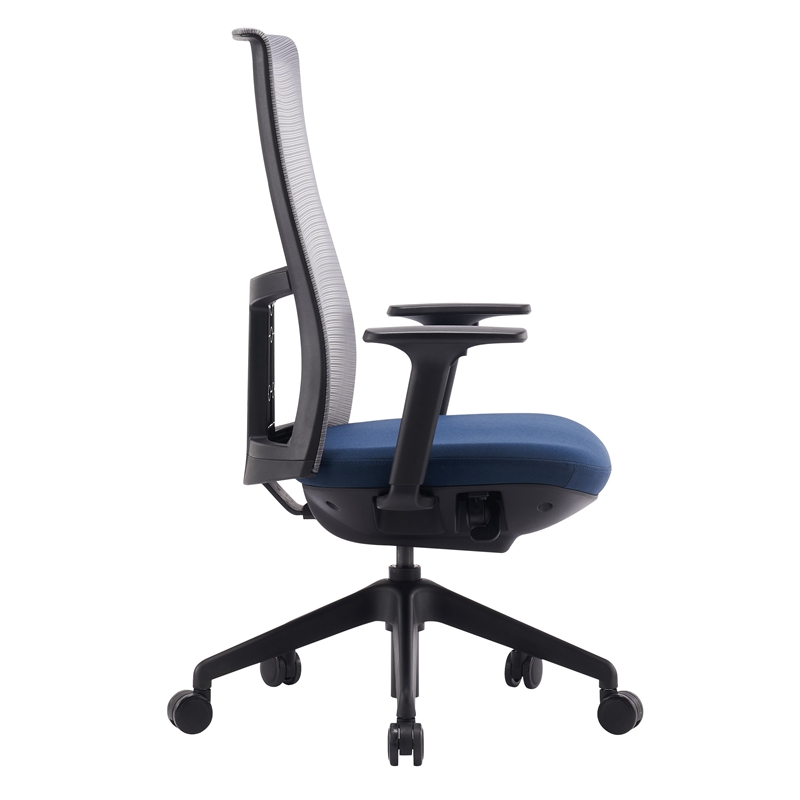Stylish Conference Tables and Chairs for Productive Meeting Spaces
Understanding Conference Table and Chair Set Products A Comprehensive Guide
In today's dynamic workplace environment, the importance of a well-furnished conference room cannot be overstated. The conference room is more than just a physical space; it is where ideas are born, strategies are forged, and decisions that drive business growth are made. Key to this environment is the conference table and chair set, which forms the backbone of any successful meeting area. This article explores the various aspects of choosing the right conference table and chair set products, shedding light on their styles, functions, and the impact they can have on workplace productivity and collaboration.
The Importance of Conference Settings
The design and arrangement of conference room furniture can greatly influence the dynamics of a meeting. A well-thought-out conference table and chair set not only enhances the aesthetic appeal of a room but also promotes comfort and encourages participation. Discomfort can stifle creativity, while a functional and inviting setting can enhance focus and interaction among participants. Therefore, selecting the right furniture is crucial for fostering an effective meeting environment.
Types of Conference Tables
1. Rectangular Tables The most traditional and widely used type, rectangular tables are perfect for formal meetings. They allow for a clear view of presentations and facilitate a structured format for discussions.
2. Round Tables These tables promote collaboration and equality among participants, making them ideal for brainstorming sessions. Their design fosters a sense of community and encourages everyone to engage without the barriers of a traditional setup.
3. U-shaped Tables Often used in training and presentation settings, U-shaped tables enable the presenter to engage directly with participants while also allowing for group discussion and interaction.
4. Boardroom Style Large, oval or rectangular tables that suit high-level discussions or board meetings, often designed to accommodate a set number of executive-level participants.
5. Modular Tables These tables can be rearranged according to the needs of the meeting. Their flexibility makes them suitable for various styles of meetings and collaboration.
Selecting the Right Chairs
The choice of chairs to accompany your conference table is equally essential. Factors to consider include comfort, adjustability, and aesthetic appeal. Here are common types of conference chairs
conference table and chair set products

1. Executive Chairs These are typically used in boardrooms and are characterized by their high-back and plush upholstery. They provide maximum comfort for long meetings and convey a sense of authority.
2. Stackable Chairs Ideal for multi-purpose spaces, stackable chairs allow for easy storage and flexibility. They are lightweight and can be arranged or removed effortlessly.
3. Mesh Chairs For those seeking a modern touch, mesh chairs offer breathability without sacrificing style. They are designed for comfort, often featuring ergonomic adjustments to support long periods of sitting.
4. Visitor Chairs These are typically used in conjunction with formal tables, providing a simpler design that is both functional and inviting for guests.
Material Considerations
The materials used in conference tables and chairs significantly impact both aesthetics and functionality. Common materials include
- Wood Timeless and robust, wooden tables convey professionalism and can be crafted into various styles, from classic to contemporary. - Glass Glass tables provide a modern look and can make a room feel more spacious. However, they require regular maintenance to keep them looking pristine.
- Metal Often used in modern or industrial settings, metal furniture adds an edge and durability ideal for high-traffic areas.
- Fabric and Leather In chair materials, fabric offers a wide range of colors and textures, while leather conveys luxury and is easy to clean.
Conclusion
In summary, the right conference table and chair set can transform a simple room into a hub of creativity and collaboration. As companies continue to prioritize employee wellbeing and operational efficiency, investing in high-quality, thoughtfully selected conference furniture is essential. By considering factors such as style, comfort, and functionality, businesses can create an environment that not only facilitates meetings but also fosters innovation and team spirit. Whether you're outfitting a new space or re-imagining an existing one, the choices you make regarding conference tables and chairs can influence your company culture and productivity for years to come.
share:
-
Multi Colored Modular SofasNewsJul.07,2025
-
Enhance Seating Experience with Chair AccessoriesNewsJul.07,2025
-
Enhance Four Legged Chairs with WheelsNewsJul.07,2025
-
Elevate Your Workspace with Luxurious Boss ChairsNewsJul.07,2025
-
Discover Comfort of Compression SofaNewsJul.07,2025
-
Training Chairs Aim To Provide A Fully Functional And Flexible Workspace For Various Training, Educational, Or Collaborative ActivitiesNewsJun.06,2025
-
The Big Boss Office Chair Aims To Provide Comfort And Support For Individuals In Management Or Leadership PositionsNewsJun.06,2025









